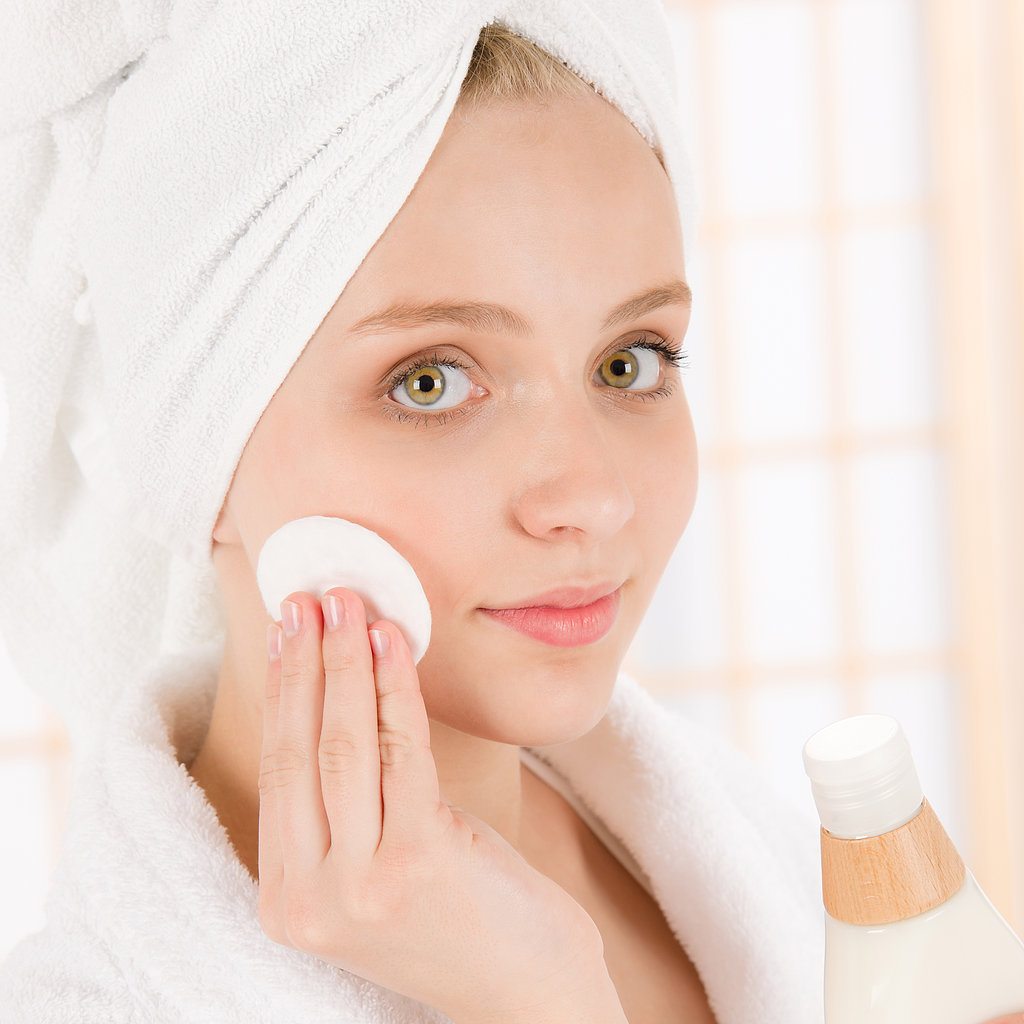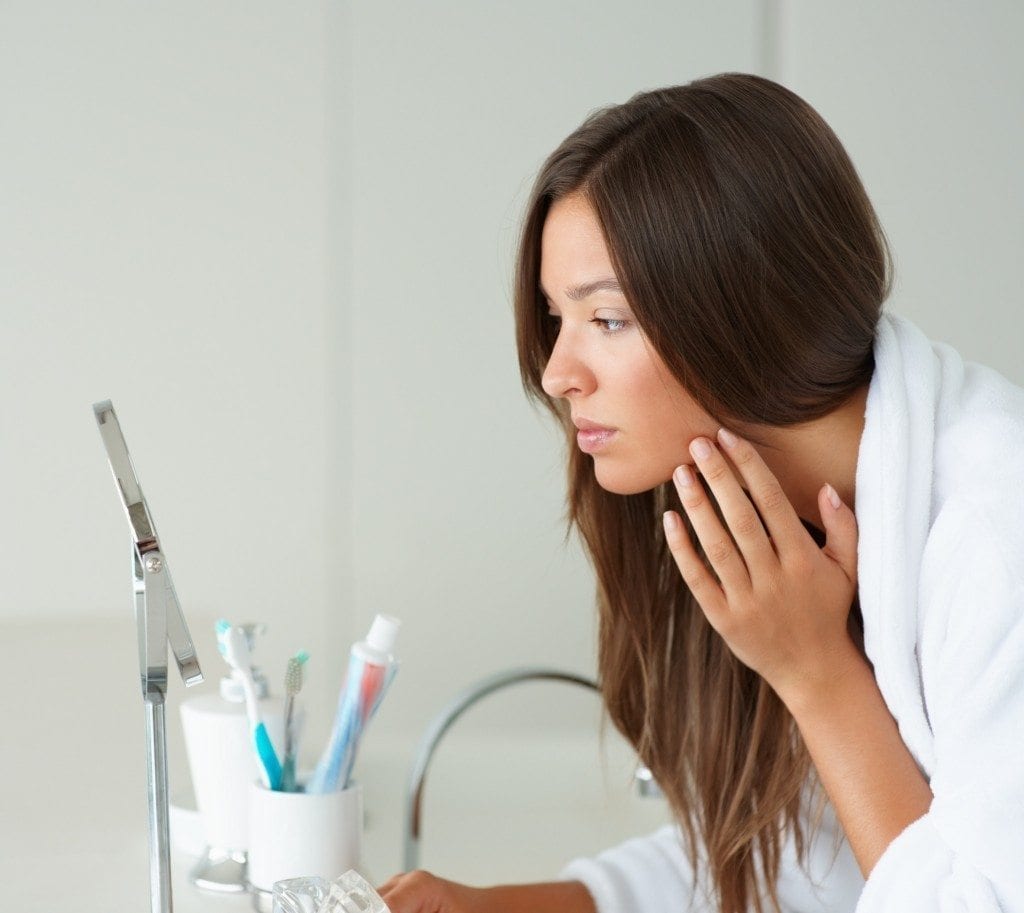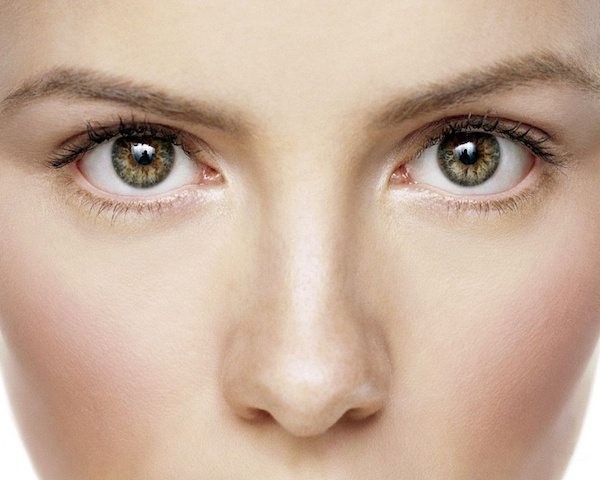We are all crunched for time these days, but that does not mean that we have to eliminate (or even skimp) on our morning beauty routine. Believe it or not, you can achieve a brighter, healthy and radiant glow in just 5 minutes, so listen up to these beauty essentials and tips for a fast-acting beauty products. Products DO matter (in fact it matters a lot) and being educated on what you are putting on your face is where it starts. That’s why we are breaking down the skin essentials that everyone should be using in a skin regime.
(3 minutes) Exfoliation is key and at any age:
Prepping your skin for the day ahead is crucial and allows you to be confident from the time you walk out of the door. Fresh A Peel, an at home skin brightening and enzymatic peel, brightens, tones and exfoliates your skin in 3 minutes. The best part: NO redness, NO irritation and NO flakiness.
Benefits:
- Removes dead surface skin cells
- Brightens and evens out overall skin tone
- Make up is applied smoother and more even, creating a flawless finish
*Follow up with Pure Start “Gentle Detoxifying Facial Cleanser” to balance skin and remove any excess exfoliation products.
(30 seconds) Reduce wrinkles, and boost softness and radiance:
Serums are arguably the most potent and age-fighting skin treatments that exist. Because active ingredients are more expensive than thickeners, serums are also the costliest product in many skin care lines. Known for the super potent percentages of actives, these power-players greatly enhance the skins overall appearance. Selecting a serum that contains both the combination of actives including, for example; antioxidants, vitamins and hyaluronic acid is where you are able to capitalize on dual-action treatments.
Some recommended products/benefits:
- Reduce redness, inflammation, increase radiance and hydration.
- Reduce the appearance of fine lines, wrinkles and increase plumpness and hydration.
- Reduce the appearance of discoloration (even safe for pregnancy).
(30 seconds) Moisturize:
An excellent way to keep your skin hydrated, balanced and protected. It’s important to know what to look for in a moisturizer and also to be aware of the skin type you are in order to effectively select the right moisturizer for you.
Oily/Combination Skin: Look for products that contain Hyaluronic Acid – this is a safe way to hydrate without causing any excess oils. Hyaluronic Acid binds the existing moisture underneath the skin to prevent from overall dehydration, a true balancing act.
Dry Skin: Non-comedogenic oils such as Grape Seed Oil, Avocado Oil, Apricot Kernel Oil, etc are important to look for when selecting a moisturizer that is rich in texture. Non-comedogenic oils offer proper hydration from deep within without clogging pores which leads to breakouts and inflammation.
That was fast-acting beauty in under five minutes! Get your glow on…



